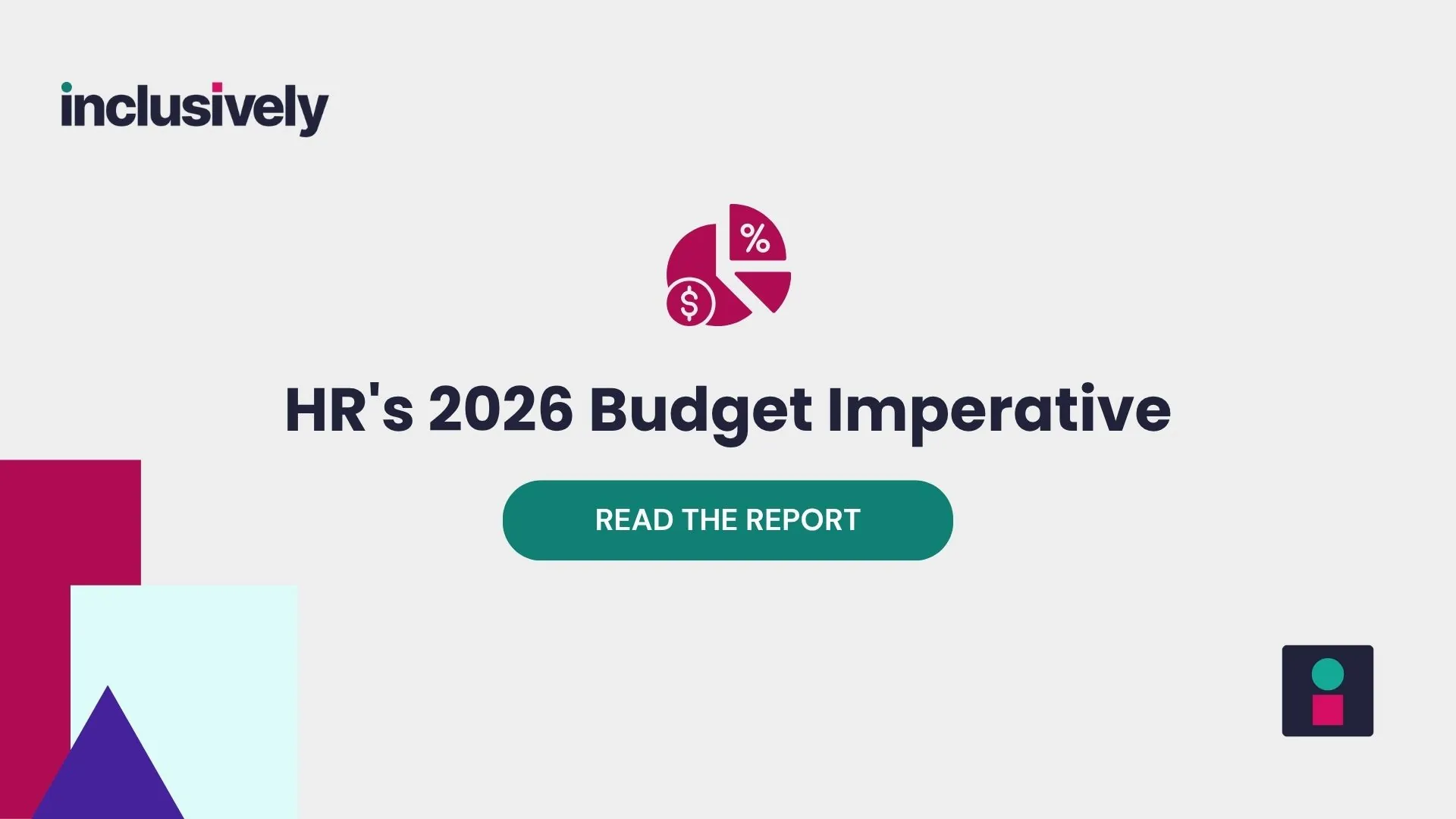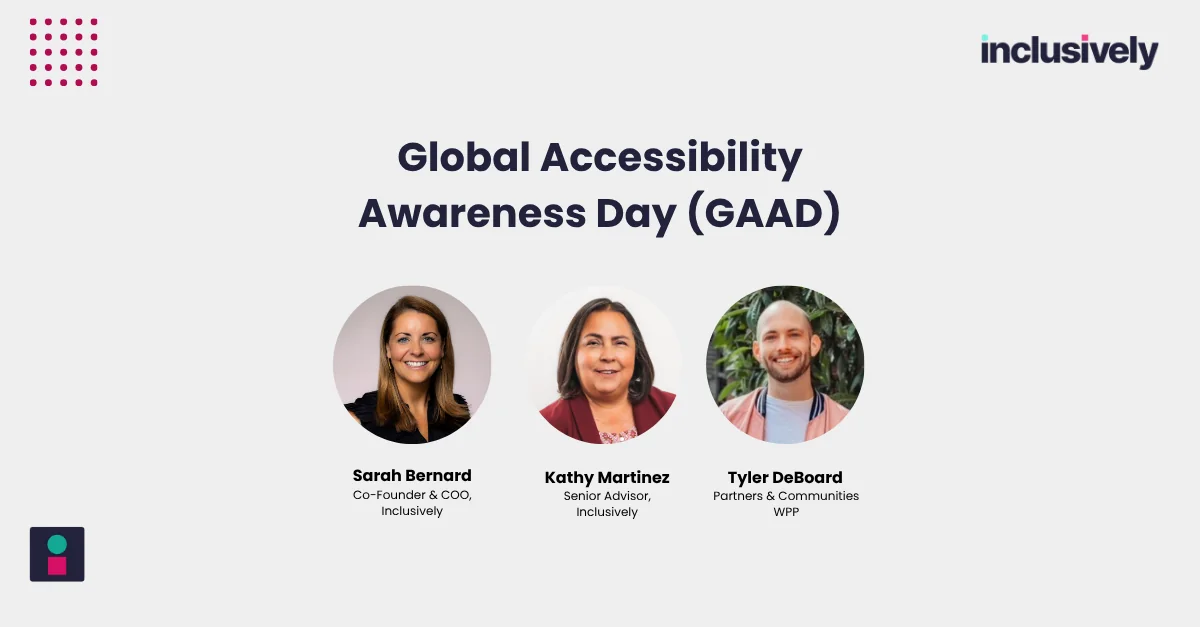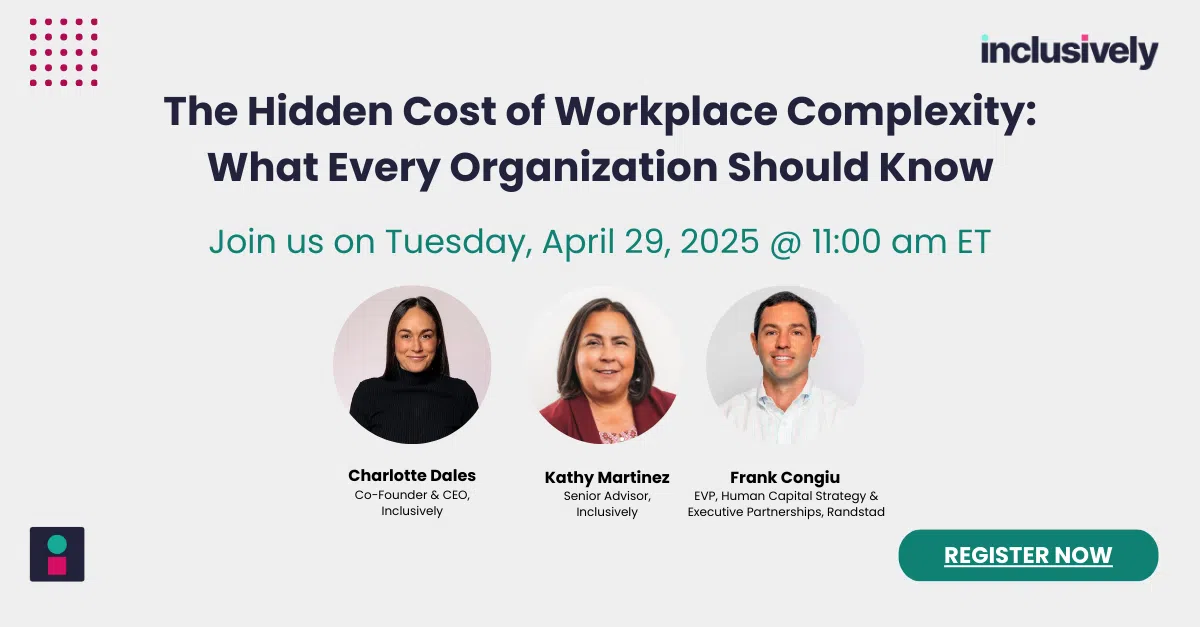A historically tight labor market. Employee discontent with toxic work cultures and inflexibility. The “quiet quitting” phenomenon.
While it’s tempting to point at the pandemic as the sole cause of these trends, the future of work began to shift before March 2020.
Four years prior, Gen Z and Millennials officially made up over 50% of the workforce. These workers wanted more personalization in how they did their jobs, and more meaning in the roles they took on. The move to remote work only accelerated their demands — leading to where we are today.
The Great Resignation saw workers voice their need for flexibility and personalization en masse. The employers who figure out a scalable solution for these needs will win the war for talent — and win the future of work.
Modern workers are looking for personalization. They want accommodations for their particular needs and preferences. If these things aren’t offered at their current jobs, they’re quitting. If they’re not offered at prospective jobs, they don’t apply.
This workforce wants to work from where they’re most productive, whether that’s at home or in the office. They want their managers to trust that they’ll get their work done on time — and let them work their schedule around personal preferences such as getting to pick up their kids from practice. They want benefits that are tailored to their unique situation, like mental health apps they’ll actually use, or a budget for digital executive coaching. And not all of them want the same thing. One batch of preferences may work for one employee, but not another.
Data has empowered people to live personalized lives, from the movies they’re recommended to the products they buy. This population now expects the same from their jobs.
Dissatisfied software developers are willing to leave lucrative roles because they can’t leave their desks long enough to stretch and meditate. Other executives are leaving prestigious jobs because their inflexible employers aren’t offering suitable maternity leave.
Where will these highly skilled workers end up? With employers who can adapt — and allow them to personalize their working experience for maximum productivity and happiness.
People are used to personalization in their everyday life. Now, they’re expecting it from their work life. But this obviously presents a problem for employers, who are used to a one-size-fits-all approach, especially at larger companies.
Everyone clocks in and out at the same time. Everyone is in the office (or not) on the same days. Everyone is offered access to the same fitness app. Hiring is done in a similarly uniform way; companies use top-of-funnel algorithms to whittle down their candidates, then run everyone through the same process. There’s no personalization.
But this system isn’t working. Just look at the high turnover rates, low productivity, and overall worker unhappiness.
So, what does the solution look like? People with disabilities have been given the right to request accommodations in the workplace since the ADA was signed 30-plus years ago, and the companies that can handle these worker accommodations at scale offer a peek at the answer.
Eventually, the same platforms used to achieve worker accommodations at scale for people with disabilities will help entire workforces personalize their jobs — and achieve higher levels of productivity and meaning.
The companies that have already embedded accommodations into their workflow — things like screen readers, support animals, and interview accommodations — are ahead of the competition.
They realize that by making slight adjustments to their hiring workflow, they’re opening themselves up to a wider pool of talent. They’re bringing in folks who are highly skilled, and improving the productivity of those employees.
Now, extrapolate those accommodations out to the larger workforce, and you’re on the precipice of offering a scalable solution.
At Inclusively, we’ve built a workforce inclusion platform that connects job seekers with employers who are committed to attracting and retaining previously hidden talent. Candidates can add the accommodations they need, up front, such as remote work, access to apps for stress and anxiety, screen reading software, a service animal, accessible parking, braille signage, and dozens more. Employers can see this all on an Accommodations Dashboard, and collect data on what accommodations candidates and applicants are asking for.
In the future, benefits packages will look like a shopping cart — and data will further drive the conversation.
A lot of the benefits that companies offer are going unused. But by having folks ask for things ahead of time — and empowering them to do so in the hiring process — companies can learn what people actually want. This allows money to be spent the right way.
In the future, a “benefits shopping cart” might be used during the hiring process. Employees will choose what they want. Because while fertility benefits may be incredibly helpful to a candidate who is trying to start a family, they may not apply to others. Ditto for having a workplace mentor on site. While this would be beneficial to employees who are entering the workforce for the first time, it may not be beneficial to others.
The way that companies pay for these benefits will continue to increase in scalability. Instead of buying a massive benefits package that attempts to cover everyone, flexibility will become part of the workflow. Instead of buying one massive executive coaching program, employers will give workers a budget for one-on-one digital leadership training.
The one-size-fits-all approach will continue to become less useful — in the workplace, and in the hiring process.
People need the ability to personalize the way they work.
Companies are spending a trillion dollars a year on turnover costs. Presentee-ism and low productivity are problems for employers. And people are leaving companies because of toxic cultures.
These are all symptoms of a larger problem — the inability of employers to personalize the way people work.
But, if given the right solution, these companies could find untapped talent, reduce the cost of turnover, and get more productivity out of their existing workforce. These things can be solved by personalizing people’s working environments.
Remember: the future of work is happening right now. The employers who adapt will win the war for talent.



